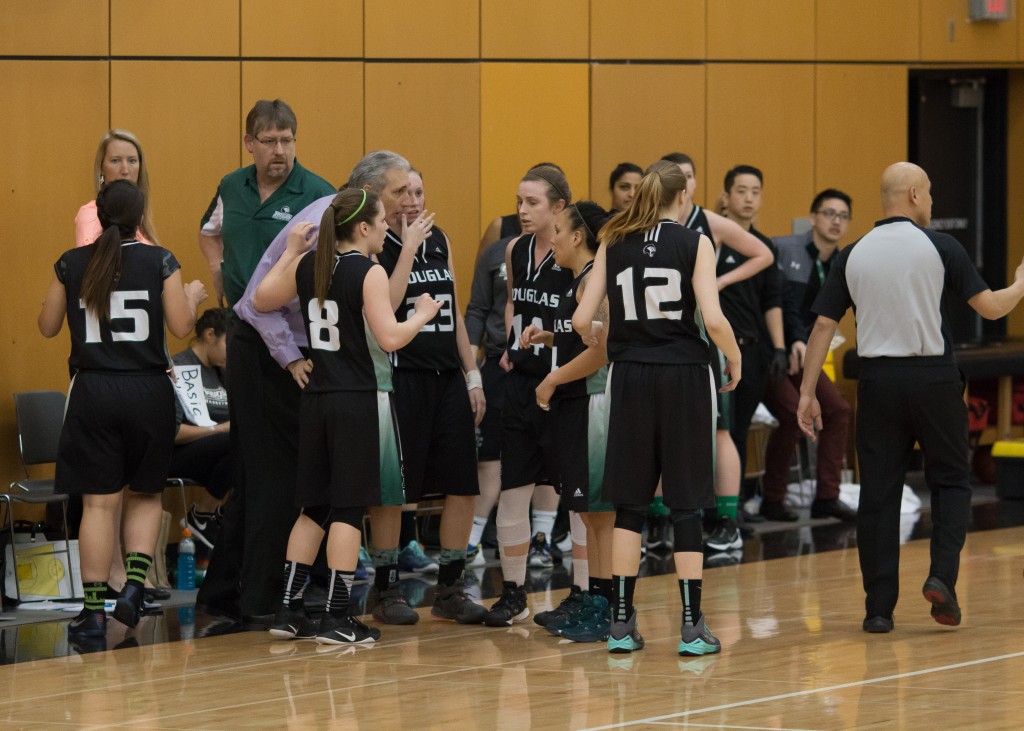
NHL’s new division format intensifies geographical rivalries
By Elliot Chan, Staff Writer
The Vancouver Canucks and the rest of the Western Conference are saying goodbye to Detroit and Columbus, and hello to the Winnipeg Jets.
This time last year, we were all anticipating a NHL lockout; the scenario this season is much more hopeful. As summer ends and the hockey season commences, all eyes are on the year-long experiment—the realignment. The NHL board of governors approved the new divisions and playoff format in July when the 2013/2014 schedule was released.
The Western Conference will now have 14 teams split geographically into the Pacific and Central divisions. The Eastern Conference will have 16 teams split into Atlantic and Metropolitan. The most significant change is Detroit joining the Atlantic division facing-off with three other original six teams, Montreal, Toronto, and Boston. Columbus and Winnipeg swapped conferences, with the Blue Jackets now playing in the Metropolitan division against Sidney Crosby and the Pittsburgh Penguins and Alexander Ovechkin and the Washington Capitals. The West Coast will get a few more chances to see the young Jets team and BC born players Evander Kane and Andrew Ladd.
The two main objectives for the realignment is to shorten travel times and build rivalries. It’s hard to see a downside to this change, since it was inevitable.
“It’s much better for us,” said Dallas Stars defenseman, Stephane Robidas. “It’s less travel, fewer trips out west—the time zones, the amount of time you spend on the plane after games. You don’t have to wait in [Los Angeles], you can come back after games. It’s all little things in the long run I think will help our team.”
The only two teams separated from their division in terms of geography are the two Florida teams. The Lightning and the Panthers are in the Atlantic division, but they have the whole Metropolitan division separating them from the rest of their division rivals.
“From a business standpoint, I think this is probably really good for both Florida teams,” said Commissioner Gary Bettman. “Competitively they may have their own issues, travel-wise they may have issues, but based on where Florida is from a geographic standpoint, whatever we did wasn’t going to be perfect.”
For the Canucks, it’ll be interesting seeing them battle for a post-season spot against consistent playoff contending teams such as the LA Kings, San Jose Sharks, and the Anaheim Ducks.
The Stanley Cup Playoff’s intensity may stay the same, but the route getting there is going to be slightly different. Eight teams in each division will make it to the post-season. The top three teams in each one will take the first 12 spots and the other four will try to land the wildcard position regardless of their divisions.
Though the stage for this season is set, many still see problems in the geographical layout of the league. The main problem lies in the Western Conference, where all the teams are scattered. I foresee (and hope) for a two-team expansion. Perhaps we will see another change next year with, dare I say it, a team in Seattle and Portland?

